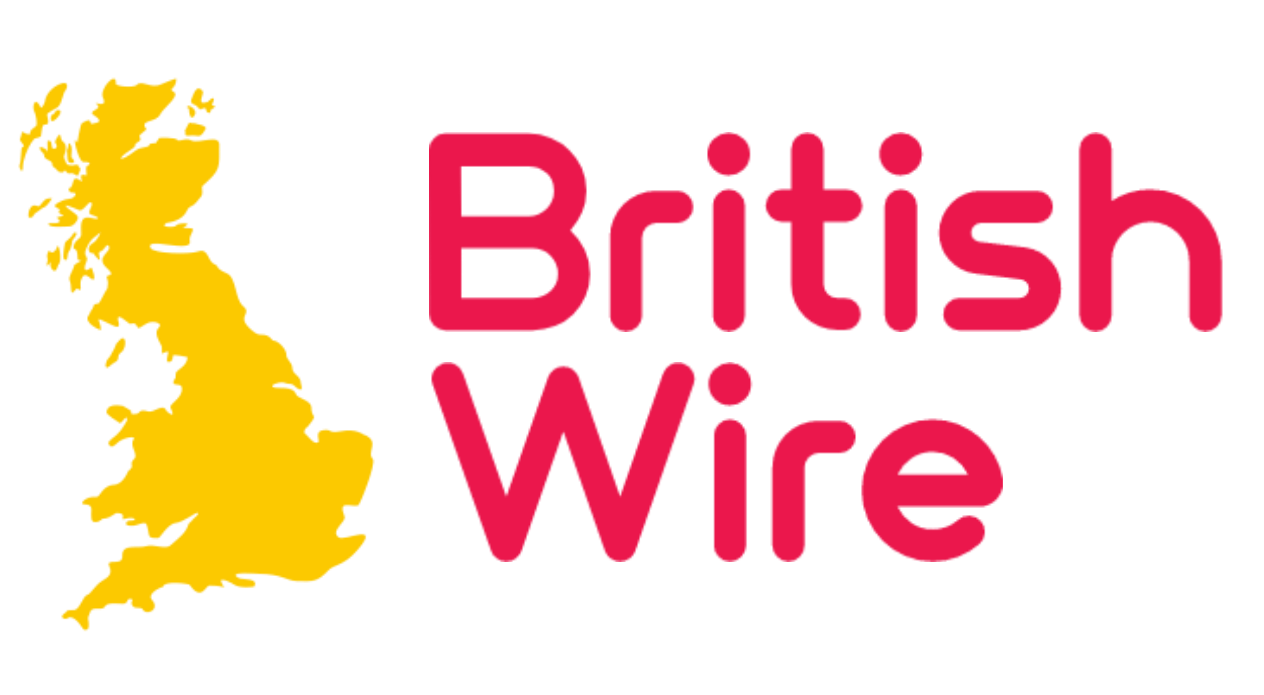Once seen as a niche market, audiobooks have experienced a remarkable surge in popularity, transforming into a billion-dollar industry. While the concept of audiobooks is more than 90 years old, their widespread success is only a recent development, fueled by technological advancements and changing consumer habits.
Audiobooks first emerged in the 1930s, with the British Royal National Institute for Blind People producing audio versions of short stories and poems for the visually impaired. The first recorded novel, Typhoon by Joseph Conrad, was released in 1935 on a four-record set. However, it wasn’t until the 1970s and 1980s that audiobooks became more widely available, initially on vinyl records, then cassettes, and eventually CDs.
Despite their long history, audiobooks remained primarily a product for the blind and elderly, with limited selection and availability. But by the 2000s, the digital revolution began to change everything. Today, audiobooks are downloaded and streamed via smartphones, making them more accessible than ever before.
According to the UK’s Publishers Association, audiobook downloads reached 59 million in 2023, a 17% increase year-on-year. Audiobook revenues rose 24%, reflecting not only increased demand but also the rising cost of titles. Global estimates place the audiobook market’s value at $8.6 billion in 2024, with projections suggesting it could reach $30 billion by 2030.
Several factors have contributed to this boom. Digital technology has made audiobooks more user-friendly, allowing listeners to enjoy their favorite books on-the-go without the need for bulky tapes or CDs. The ability to pause, resume, and switch between devices has added to the convenience. Audiobooks are now available at the click of a button, and subscription services like Audible and Spotify make it easy for consumers to access a vast library of titles.
Additionally, the rise of podcasts and streaming services has fostered a culture of audio consumption. For many, listening to a book is a natural extension of the growing habit of listening to audio content during commutes, exercise, or household chores.
The industry has also adapted by offering a wider variety of content. Today, audiobooks are often released alongside print editions, and there’s a growing trend of books being turned into immersive audio experiences. Some releases now feature multiple narrators, music, and sound effects, transforming audiobooks into performances rather than simple narrations. High-profile projects, such as Oliver Twist produced by Sam Mendes, feature casts of well-known actors and offer an enriched listening experience.
The popularity of audiobooks has also extended to children’s content. Devices like the YotoPlayer and Toniebox allow children to listen to stories without screens, fostering early engagement with books in a fun and interactive way.
While physical book sales have seen modest growth, there’s no indication that the rise of audiobooks is harming traditional publishing. In fact, services like Amazon’s ‘Whispersync’ enable readers to seamlessly switch between audiobooks and e-books, often purchasing both formats.
The audiobook industry has undeniably grown into a significant cultural and economic force, reshaping the way people consume literature and reinforcing the value of audio as a medium for storytelling.
















